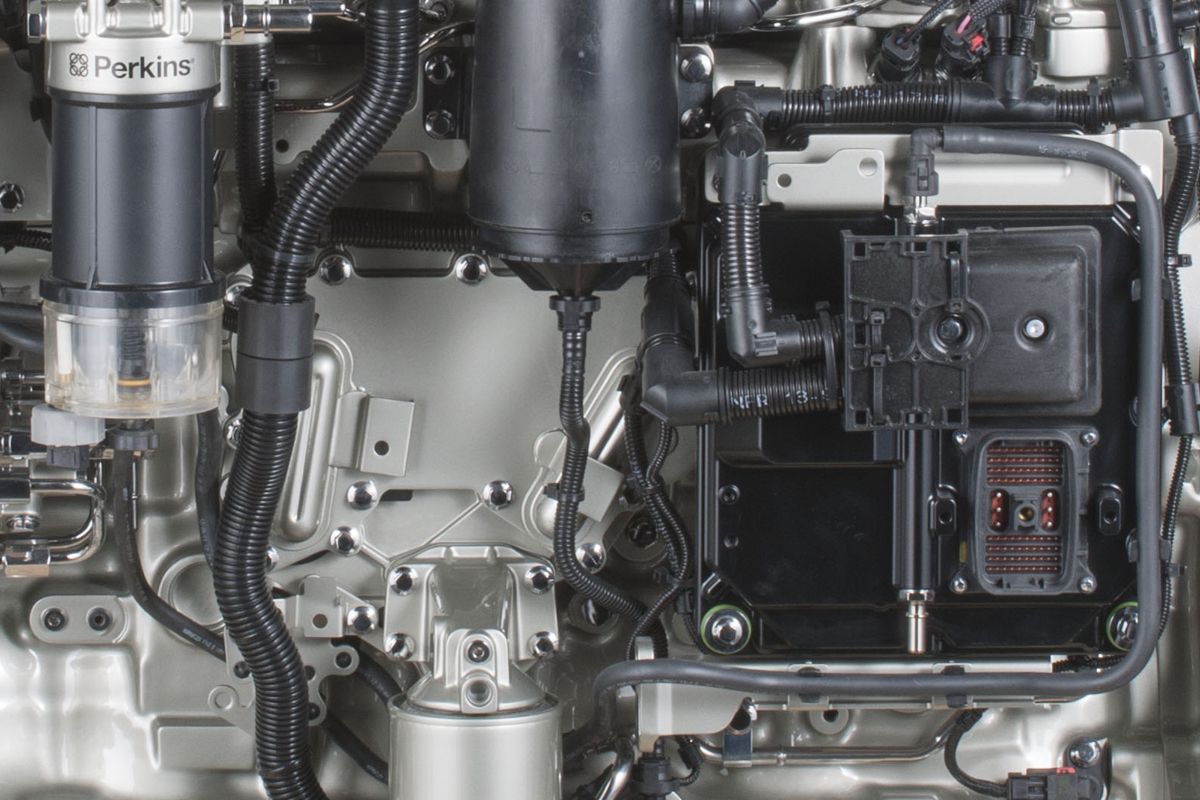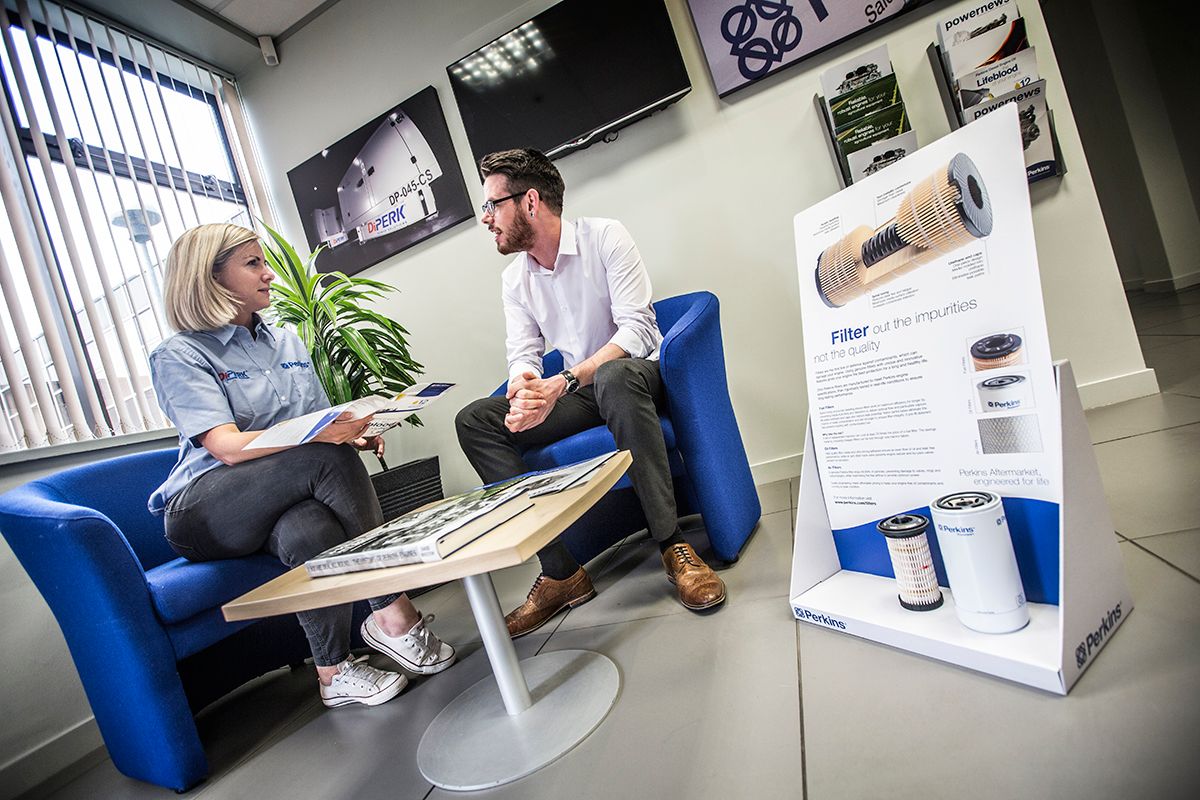While all Perkins engines deliver high performance, those with electronic control systems bring improved fuel performance, better machine optimisation and enhanced power delivery, compared to their mechanically controlled counterparts. While the engine you select will depend on what you require it to do, choosing electronic now – or upgrading later – will provide an opportunity to boost power and performance across most applications.
EU Stage IIIA/U.S. EPA Tier 3 equivalent and above engines within the Perkins range offer you the choice of electronic or mechanical engine control.
Deciding which system you need on your engine depends on what you want to use the engine for. Electronic control allows you to control the injection of fuel more accurately to optimise the power delivery and fuel consumption compared to mechanically controlled engines. However, in some cases, a mechanically controlled system could be sufficient for constant speed or electric power (EP) generation applications.
An electronically controlled engine has an electronic control unit (ECU), monitoring what the engine is doing using a number of sensors – its speed and the load on it – and alters the fuel injection rate to give the right power as it’s needed.
Delivering fuel through a high pressure common rail fuel system allows very accurate amounts of fuel to be injected. Multiple fuel injections can also be made into the cylinders during the compression cycle, building up fuel vapour to control the speed of the engine and its power output efficiently.
The mechanical system uses a more direct approach with a rotary or inline pump providing individual fuel bursts, one for each cylinder, normally controlled through a mechanical linkage to the timing belt or gears which open the injectors and control the fuel pressure. This mechanical linkage means the fuel delivery is fixed, and the ability to match engine power delivery to the application requirement is limited.
For excavators and loaders and, to some extent, forklift trucks, the application demands a faster engine response to the load applied to make the operators’ job easier, as well as improving work rate and comfort, which is where an electronic engine brings significant benefits. Using a mechanical engine in these situations can result in poor transient response, making the operators’ role uncomfortable and can also cause black smoke, which it is preferable to avoid when using equipment, such as forklift trucks, indoors.
Electronic systems enable better engine/machine integration, linking not only engine but machine sensors to the ECU – enabling the right power to be delivered to the hydraulic system. When the arms and buckets of machines such as excavators or loaders operate, the power required to move them varies depending on their load. A full bucket requires more hydraulic power than an empty one. An electronic engine can be linked to sensors which measure the force and load on each of the machine components, assessing when more power is required by the hydraulic system. This enables a machine bucket to move at a similar speed when empty or full, making the operators’ role more comfortable and productive.
But electronic control systems may not be necessary in all cases. Mechanically controlled engines can be suitable for light loaders and static equipment, such as screeders, crushers and electric power generation, where the load on the engine is fairly constant.
To meet Stage IIIB/Tier 3 equivalent and above emissions standards, electronic control systems are often required to ensure the combustion of air and fuel is controlled accurately. Electronically controlled systems and a high pressure common rail help to ensure the right amount of fuel is used, and it is burnt effectively reducing the level of NOx and particulates produced. The electronic control also assists with the management of other emissions reducing technologies such as Selective Catalytic Reduction (SCR) and Diesel Oxidation Catalyst (DOC).
With heavy load machines, you will find electronically controlled engines are generally preferred by your customers and therefore machines with those engine types will be more saleable.
To help you move to electronically controlled engines, we offer technology integration workshops (TIWs). By working with you, we can ensure optimal integration between engine and machine.
With our TIWs you’ll get:
All Perkins engines deliver high performance. With the choice between electronic and mechanical control systems, we can help you meet all your customers’ needs.
Your regional Perkins Distributor can provide local, on-the-ground engine support.
Learn MoreOur digital magazine with the latest news, interviews and analysis.
Read moreIf you're ready to receive trusted advice from a Perkins expert, speak to our team today.
Connect with us


